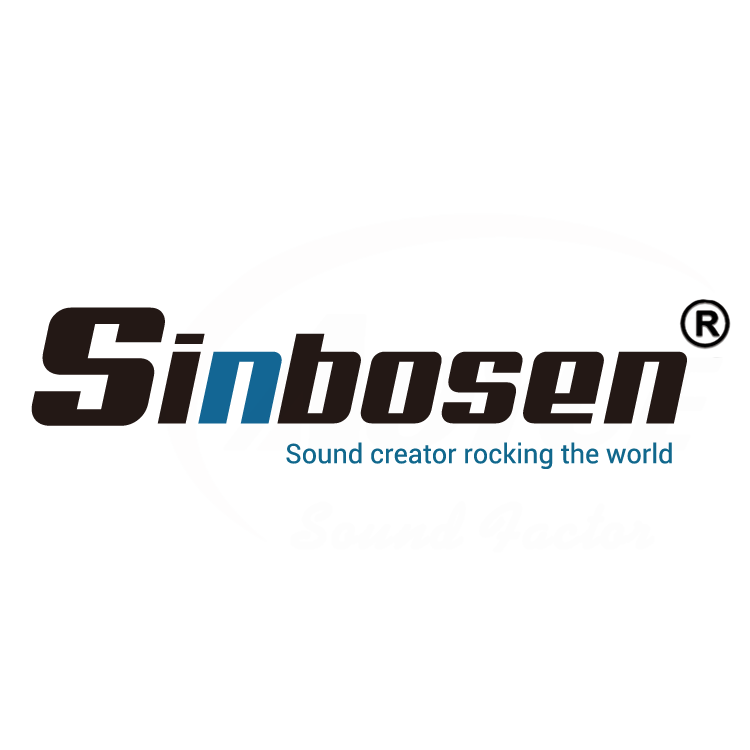3 usage modes of professional power amplifier
There are three connection modes for amplifiers: stereo mode, parallel mono mode and bridge mono mode. The stereo connection method is two signal inputs and two outputs to the speakers, and the separate control will not interfere with each other. The mono connection method is one signal input, two signals are output to the amplifier, and are controlled by one signal, but the amplifier can also control the volume of each channel independently, but some amplifiers will have noise when connected in mono. The bridge connection method is simply to combine two channels of a machine into one channel to increase the power, but not double it, usually about 70~80%, and the impedance will decrease. Usually it can only support a minimum of 4 ohms. When it reaches 2 ohms, it is easy to damage the amplifier.
1.Amplifier stereo mode
The most common setting is stereo mode, which can be used if you just want each channel of the amplifier to be usable (individually).
2. Parallel mode/parallel mono mode of the power amplifier
The power amplifier only inputs one signal and can output two identical signals with the same phase and amplitude.

For example, if you only input one signal to the amplifier, but want to connect two monitor speakers, in this case you will use the parallel mode.

Take the digital amplifier as an example
①First, switch the encoder to parallel mode
②The input signal is connected to the CH1 channel/A channel of the power amplifier

③At this time, the two input terminals inside the amplifier are connected in parallel. If only one channel is given an input signal, the other channel will also receive the same input signal.

④Then the two speakers are normally connected to the left and right output interfaces of the amplifier

⑤After turning on the amplifier, adjust the volume knob and both speakers will produce sound.Some amplifiers can control the volume of both channels with the CH1 volume knob in parallel mode, while others can be controlled independently.
FP series one signal inputs and four signal output:

You can see the dial indication of the corresponding mode. The second part: 4.5 dial for the bridge or signal parallel (mono) mode, when setting the bridge mode, the four-core speaker plug.Then 1 +, 2- end!
When the signal parallel mode is set, the signal can be input to the A and C channels, and 6dB gain compensation is required.


3. Bridge mode of power amplifier
Use scenarios of bridge mode:
① Usually used when the power of the power amplifier is not enough to drive the speaker. The bridge mode can realize the two-way output of one power amplifier to jointly drive a speaker to achieve the purpose of increasing the output power.
② In the early power amplifier products, due to the limitation of component parameters, single channel cannot achieve high power output. Using bridge mode can alleviate the desire for high power output;
③ In order to save costs, the power amplifier with greater power per channel is more expensive. Using bridge mode can meet high power output;
④ When there is a certain distance between the on-site wiring, there are a large number of speakers with high power demand, and the environment is relatively special, the bridge mode can also be used to drive multiple high-power speakers
How to bridge the amplifier?
①In the off state, adjust the dial to bridge BRG mode

②The input signal is connected to the CH1 channel of the power amplifier (only one signal input is needed)

③Then connect the positive pole of the speaker cable to 1+ and the negative pole to 2-. After the plug is made, connect it to the 1 output port of the power amplifier. The wiring part is completed

④Then use the volume knob of the CH1 channel, which can control the voltage output of the left and right channels at the same time, and slowly turn it to the appropriate volume.

Since the output voltage of the bridge mode is twice that of the single-channel output voltage, the power output can theoretically be 4 times higher, but the actual power is generally around 2 to 3 times higher.
FP series bridging method:
https://www.sinbosenaudio.com/info/how-to-set-bridge-mode-on-fp-amplifier-i00014i1.html
Youtube: https://www.youtube.com/watch?v=z0KTRG9CwcE
Disadvantages of bridging
① Bridged amplifiers are often used for high-power bass speakers
In theory, the bridge mode has an impact on the sound quality, but the human ear cannot hear it. Using a bridged amplifier to push the low frequency, the sound coming out of the speaker will make people feel very refreshing. As long as you grasp it well, it will not burn out under normal circumstances. It is common to burn out speakers in discotheques. The main reason is that the power configuration is not good, or the pressure limit is not adjusted well. Another reason is that the DJ's mixer level is at the end. The input level of the mixer is at the end, but the output level is less than -10dB, which will also burn out.
②Using amplifier bridging to drive loudspeakers is the worst option for system application, and it is really a trick without a trick.
Theoretically, the power is doubled and can be promoted, but users have overlooked a very important factor: the so-called amplifier bridging in theory refers to the situation where the technical parameter targets of the two channels are absolutely the same, but in reality it is completely impossible. Even the top foreign amplifiers find it difficult to achieve two sets of outputs that are absolutely the same. Therefore, the power mismatch during bridging causes the speaker to burn out. The primary problem is still the crossover distortion caused by bridging and the imbalance of parameters of the two channels. Bridging is like tying the hands and feet (correspondingly) together. At this time, the movements of the two people must be kept absolutely synchronized, otherwise mistakes will be made.
Contact us:
![]() sales2@sinbosen.com
sales2@sinbosen.com
Whatsapp:https://api.whatsapp.com/send?l=en&phnoe=8616676738225
Website:https://www.sinbosenaudio.com/






